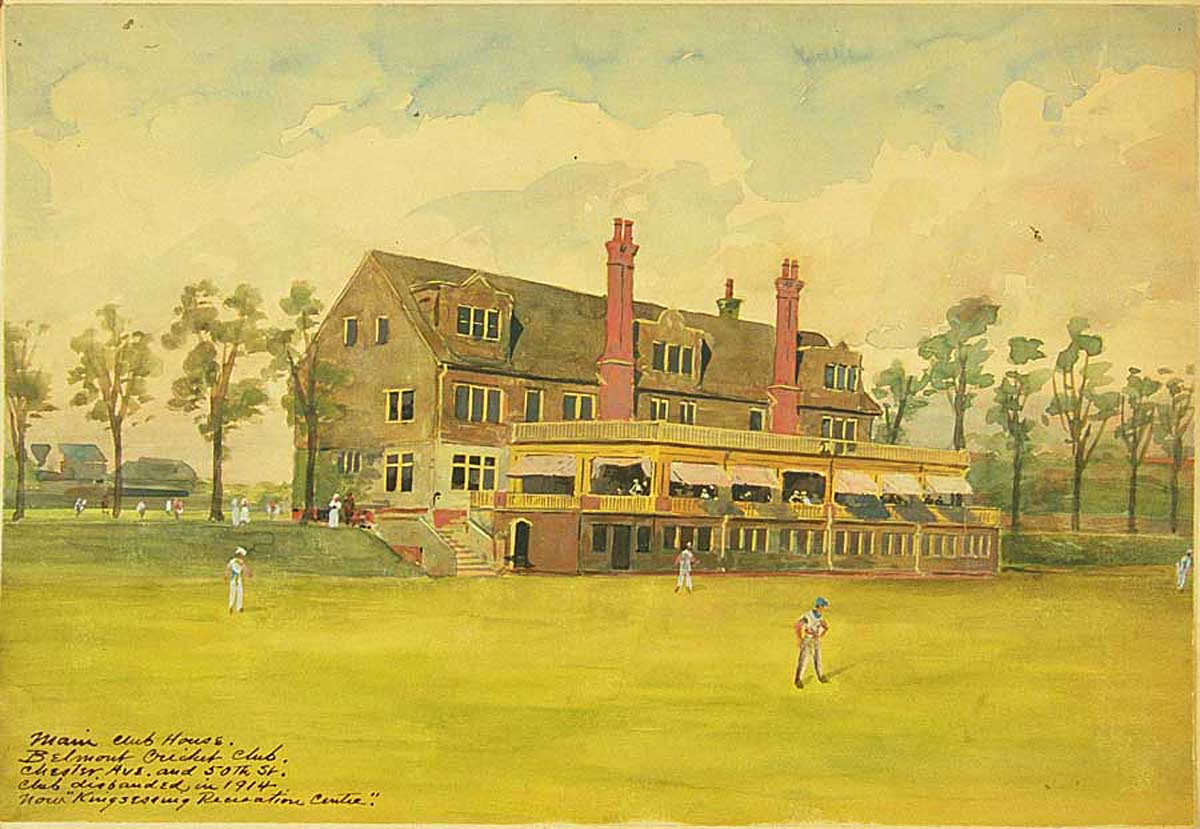Legends
home
A Cool Tradition. A Dream of Champions. Legends of Australian Ice.
Organised ice hockey has been played in Australia for over a CENTURY.
In fact, the ice hockey tradition here is so richly steeped in EMINENCE,
The booming years of MARVELLOUS MELBOURNE,
And the earliest EMERGENCE of the sport internationally,
One wonders how on earth its STORY
Was ever able to be LOST for one whole century,
Like DUST between the cracks of history.
[ HOCKEY ] The First Captain of New South Wales
Norman Graham Ducker (1887 - 1932)
![]() Yes, at St Nicholas Rink, in New York, I saw quite a lot of ice hockey. The professional teams come from Canada to play New York teams, and now and again we have seen a Canadian University, say, McGill, playing one of the State University teams. Probably the Canadian hockey on the ice is far superior to that to be seen in any other part of the world. It is all combination, very, very fast, and the big crowds do get excited about it. It is quite probable that in Sydney ice hockey will improve by 50 per cent, within the next few years, with a little coaching from J Kendall, the Toronto (sic) player, who is now here. He is a fine player of the same calibre as the Canadian University boys. [1]
Yes, at St Nicholas Rink, in New York, I saw quite a lot of ice hockey. The professional teams come from Canada to play New York teams, and now and again we have seen a Canadian University, say, McGill, playing one of the State University teams. Probably the Canadian hockey on the ice is far superior to that to be seen in any other part of the world. It is all combination, very, very fast, and the big crowds do get excited about it. It is quite probable that in Sydney ice hockey will improve by 50 per cent, within the next few years, with a little coaching from J Kendall, the Toronto (sic) player, who is now here. He is a fine player of the same calibre as the Canadian University boys. [1]
— Norman Ducker, captain of the first New South Wales ice hockey team, front page of the Referee sporting newspaper, Sydney, 1913
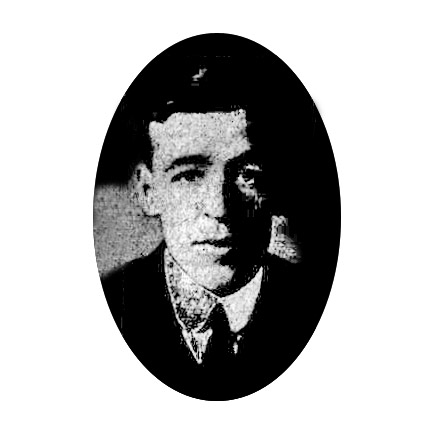
 HE GENTLEMAN ON THE CREASE of the Merion Cricket Club wicket one hot, hazy summer afternoon at Haverford in Philadelphia, aligned his head and body with the oncoming fast ball from Rudolf Waad, placed his feet next to where it would bounce, transferred his weight to his front foot, then swung the bat at the precise moment required for the cover drive. The ball soared as high as his spirit crashed low, the doom and gloom of his own demise clearly etched by its trajectory. Norman Ducker was caught by Charles Winter on 6 runs [12] but his batting partner, Syd Gregory, went on to make 70, retiring later that year at the age of 42 with a world-record 58 Test matches during his 22-year career. The Gregory's were Australia's first cricketing dynasty.
HE GENTLEMAN ON THE CREASE of the Merion Cricket Club wicket one hot, hazy summer afternoon at Haverford in Philadelphia, aligned his head and body with the oncoming fast ball from Rudolf Waad, placed his feet next to where it would bounce, transferred his weight to his front foot, then swung the bat at the precise moment required for the cover drive. The ball soared as high as his spirit crashed low, the doom and gloom of his own demise clearly etched by its trajectory. Norman Ducker was caught by Charles Winter on 6 runs [12] but his batting partner, Syd Gregory, went on to make 70, retiring later that year at the age of 42 with a world-record 58 Test matches during his 22-year career. The Gregory's were Australia's first cricketing dynasty.
The Australians won the first-class cricket match against the Gentlemen of Philadelphia by 45 runs. It was played over 3 days on 4th, 5th and 7th of October 1912, one of Australia's 6 wins and 2 draws from the nation's 11 matches against the Philadelphian cricket team between 1878 and 1913. It was the end of an era, the second-last first-class tour of Philadelphia by Australia. American cricket had little influence on the global game after the Imperial Cricket Conference was formed in 1909, today's International Cricket Council. It specifically excluded countries from outside the British Empire, and undercut any momentum to professionalize cricket in the USA. But, at the turn of the twentieth century, the "Gentlemen of Philadelphia" were a juggernaut that mowed down the best teams from England and her colonies. The ancestor of American baseball back then was dominated by "gentlemen cricketers" — men of independent wealth who did not need to work — and Australian ice hockey's Norman Ducker was among them.
Born at Lewisham in Sydney on November 24th 1887, Norman Graham Ducker was the son of John Ernest Page Ducker (1859-1953) and his wife Elizabeth Rebecca Graham. [8] His father was a prominent stockbroker and member of the stock exchange operating from 135 Pitt Street in Sydney. [6] Norman was second eldest of five brothers, John, Ernest, Rowland and Alan, and two sisters, Gladys and Aldyth. He grew-up in several fine suburban mansions in places like Burwood. He was sent to Sydney Grammar School between 1897 and 1901, then Cooerwull Academy at Lithgow NSW between 1901 and 1904.
In 1904, he enrolled to study arts at St Andrews College, University of Sydney [2, 3] from where he graduated in 1910. [3] It was there he distinguished himself in cricket, "batting with dash, polish and finesses in many notable matches, and fielding with conspicuous celerity and skill on a side noted for its expert fieldsmen." [1] He played district cricket briefly for Western Suburbs CC. He played and won for Sydney University against Fiji at University Oval in March 1908. [14] His university cricket and athletic peers nicknamed him "Tommy" and he reportedly had a natural aptitude for most games. His affluent family provided him with sufficient independent wealth to reside at the University Club in Sydney, a Gentlemen's Club, now known as the Union, University and Schools Club.
The Club's temporary quarters in Castlereagh Street near Martin Place opened in 1905 with 188 members, reading and billiard rooms, and a bar. The club’s patron was Sir Norman MacLaurin, Chancellor of The University of Sydney, and its first president was Henry Montague Faithfull (1847-1908), an early graduate of The University of Sydney, a leading solicitor of the day and renowned cricketer. In 1908, the club moved next door in Castlereagh Street to larger facilities, with a roof promenade that was used as a miniature rifle range. The club is very proud of the fact that early members rose to become prime ministers, university chancellors and the highest judges, lawyers and doctors in the land. [9]
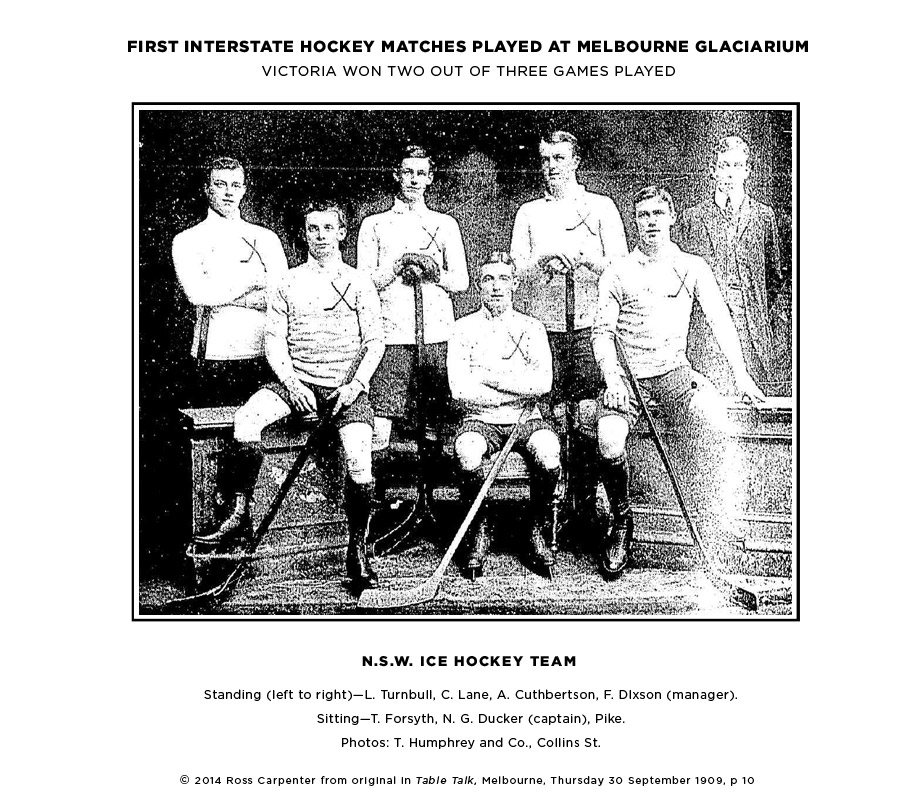
NSW Ice Hockey Team, Inaugural Goodall Cup, Melbourne, 1909. Norman Ducker on the middle seat. Table Talk, Melbourne, 30 Sep 1909
Ice hockey had begun in Sydney around that time. In 1908 New South Wales lost to a team from a visiting American navy warship. The Victorians beat them. Then in 1909, Ducker became the first ever captain of the New South Wales ice hockey team for the inaugural interstate series against Victoria, which was to be a best of three games (tests) played at Melbourne Glaciarium. It was there that the first ever goal in Australian interstate ice hockey was scored during the first half of the first game on the evening of Tuesday, August 31st 1909. [10] It was netted by Ducker in a game that was described by Melbourne's Punch newspaper as follows:
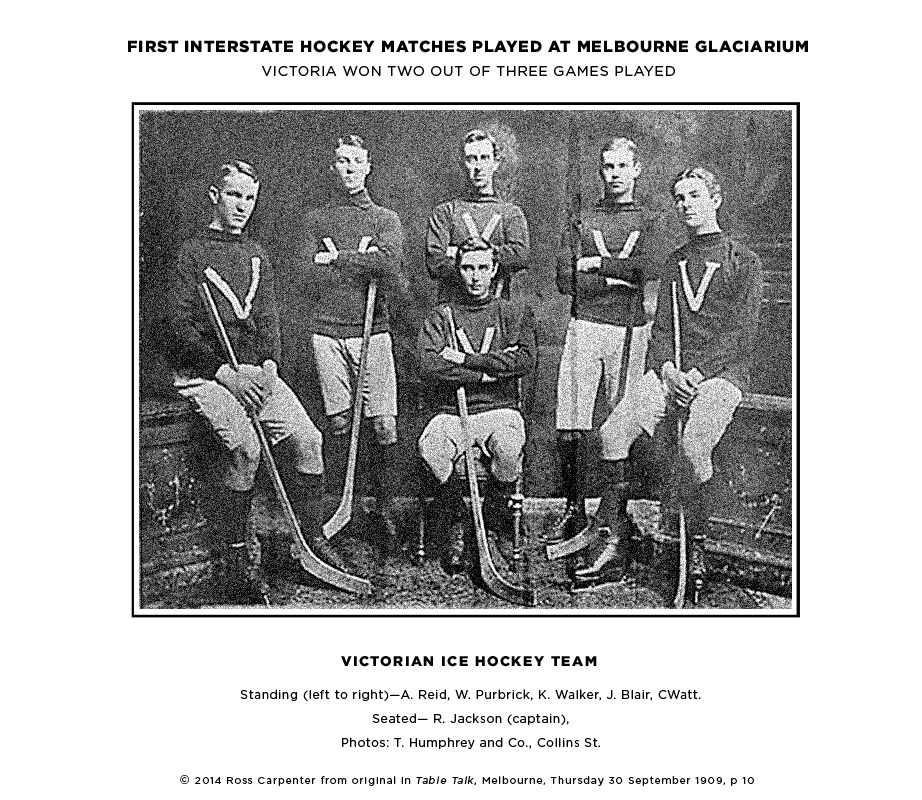
Victorian Ice Hockey Team, Inaugural Goodall Cup, Melbourne, 1909. Table Talk, Melbourne, 30 Sep 1909
"The Victorians treated their rivals rather too lightly, and instead of playing their best representative team, tried one much too light. As far as brilliant play was concerned the Victorians were the better, but the superior weight of the New South Welshmen gave them a decided advantage. The match opened with some very fast centre play, and the Victorians led on the attack. Two very accurate shots were smartly stopped by the Sydney goalkeeper (Cyril Lane), who was duly applauded. NSW then attacked, and after some fast play, Ducker scored first goal of the match. Thus ended the first half. In the second half NSW attacked strongly, and the second goal of the match, from the stick of Les Turnbull, went to Sydney. The Victorians then seemed to rouse themselves, and after some good passing in front, Andy Reid shot for goal. Cyril Lane reached the puck, but failed to stop it, and so Victoria scored their first and only goal." [11]
Victoria lost the first match, 1-2, under the captaincy of Andy Reid, who had scored their only goal. The following Friday evening, with Bobby Jackson as captain, "... Victoria was represented by an absolutely different team, the members of which had been chosen from the Glaciarium and Brighton clubs. Soon after the gong the Victorians were attacking strenuously, but failed to score owing to the good work of the Sydney backs. The shooting of the Victorians was not up to the usual standard. When it looked as though neither side would score, Keith Curwen-Walker did a clever run in from the left wing, carrying the puck close in, and scored very neatly. Bobby Jackson led on several fine attacks, but failed with the scoring shots. Sydney made many determined efforts to score, but were each time ably checked by the Victorian backs. Charlie Watt in goal stopped no small number of likely scoring shots. For NSW, Ducker and Turnbull played hardest, and Cyril Lane rendered a good account of himself in goals. An exciting game ended in a win for Victoria by one goal to nil." [11]
The third and last match was played Saturday evening, "New South Wales had their same team, whilst Victoria sported one of the best representative teams available, Jackson (captain), Andy Reid, Keith Walker, Walter Purbrick, Blair and Charlie Watt". [11] The series was tied 1-all and the Glaciarium was packed when play commenced at nine o'clock. "Victoria immediately led an attack, the forwards, Reid and Walker on the wing and Jackson at centre, proved to be too strong an attacking line for the Sydney backs. After much play up and down the ice, Walker passed cleverly to Reid, who shot the first goal of the match. From the face-off, Victoria again attacked. Walker ran close in, and potted a second goal. New South Wales then pulled themselves together, and forced the play. This resulted in a good goal from the stick of Norman Ducker. In the second half, Jackson had a long shot from near centre, and managed to score, and soon after he scored another rather clever goal closer in. Further goals were scored by both Walker and Reid. Though the final score of 6-1 looked one-sided, the play was very even. It was the accurate shooting of the Victorian forwards that won the match and gave Victoria the Cup." [11]
With two goals for the series, Ducker was the New South Welshmen's top scorer and ranked among the best of this first ever interstate squad of New South players. However, his promising hockey career was permanently interrupted when he moved to the United States of America for three years, between 1910 and 1913, to pursue his love of cricket. In his absence, Canadian expat Jim Kendall had commenced playing for New South Wales and was gradually revolutionizing the game there, but the sport was interrupted by the Great War and it did not resume in that State until 1921, some twelve years after Ducker had last played interstate hockey.
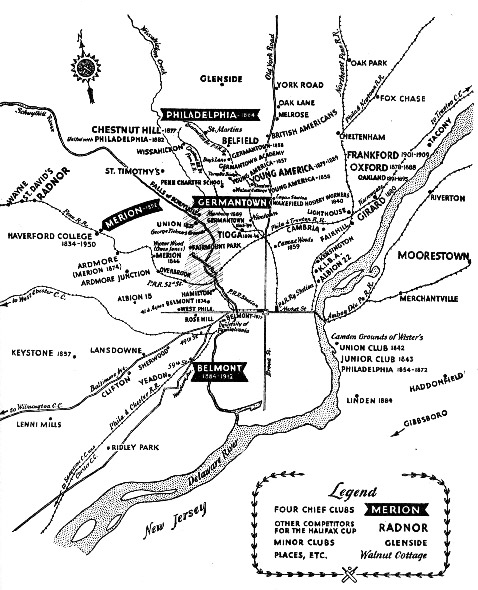
A historical club map showing the locations of the numerous cricket clubs in the Greater Philadelphia Area.
One upon a time in Philadelphia PA, there was a grove of trees called Sherwood Forest at the intersection of 58th Street and Baltimore Avenue. Nearby, at the intersection of S. 50th Street and Chester Avenue, was Ducker's newly adopted home; the Belmont Cricket Club. In 1911 and 1912, he represented the Club in the Halifax Cup, a defunct cricket tournament that was held in Philadelphia between 1880 and 1926. Belmont competed against the Germantown, Merion, and Philadelphia clubs. His teammates included English-born Cecil Hurditch and Bart King, who was arguably America's greatest cricketer during its golden age, 1890-1914. Back in Australia in July 1913, Ducker was interviewed for the cover story of the sporting newspaper, Referee. "Cricket in Philadelphia is about equal to that of fairly strong second-grade teams in Sydney," he told the Referee, and "the outstanding feature is the wicket-keeping... quite equal to its Sydney first-grade counterparts." [1]
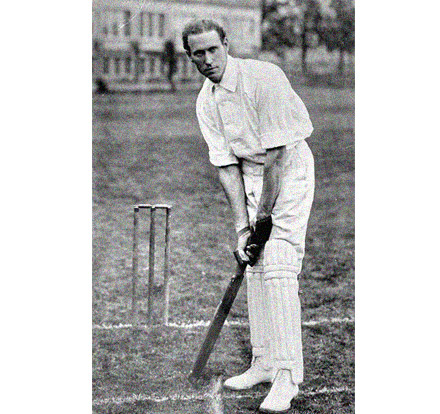
Bart King at Belmont Cricket Club, c1906. Original image CC Morris Cricket Library, Philadelphia, USA
Eighteen months later he enlisted and sailed as sergeant with the 1st Battalion reinforcements on February 4th 1915, to join the 7th Light Horse Regiment AIF in Egypt. He was at Gallipoli from May till August 1915, promoted second-lieutenant on 4th August, and lieutenant on 28th October 1915. There were no horses at Gallipoli. His regiment reinforced the infantry, defending a sector on the far right of the ANZAC line. Wounded in the neck by a bomb and in the leg by a bullet, he recovered on each occasion only to be evacuated to St Andrew's Hospital in Malta with dysentery. In letters home, he said he thought it was caused by exposure to the diseased dead in trenches. [6]
Rejoining his regiment, he served till the evacuation just before Christmas 1915, and patrolled Suez Canal from March to May 1916, returning to Australia on sick leave in June. Back at camp on the 9th October, he again rejoined his regiment in Egypt and remained with it through the Sinai, Palestine and Jordan Valley campaigns until demobilization and return from war on 17 July 1919. Two long letters home describe the trench warfare and conditions at Anzac, including the two occasions he volunteered to capture or bayonet Turkish snipers. [5, 6]
His marriage to Margaret had ended in divorce in 1927, and he remarried at Manly in 1928 when he was 41 years-old. His second wife was Kathleen Francis Wilkie, the daughter of Albert and Beatrice Wilkie. The couple lived at Ashburner Street in Manly, the same street as NSW longest serving ladies ice hockey captain, Annie Baker Ford. This was, however, short-lived because he died there just a few years later on August 7th 1932, survived by his wife, Kathleen.
Today at Haverford College, where the first ice hockey captain of New South Wales played cricket for Australia over a century ago, the CC Morris Cricket Library and United States Cricket Museum hosts the Philadelphia International Cricket Festival. Teams from all over the world are invited to play in friendly competition during the three-day celebration on the first weekend of every May. The Museum recently merged with the Greater Philadelphia Cricket League and in the past it has collaborated with The National Baseball Hall Of Fame and Lords for a hands-on educational exhibit on how baseball and cricket connect. Yet, still today there are many unexplained mysteries, such as how ice hockey and cricket connect. Except, of course, for a privileged few.
![]() Image [slideshow above] Belmont Cricket Club House, Philadelphia PA
Image [slideshow above] Belmont Cricket Club House, Philadelphia PA
Seven Miles from Sydney: Annie Baker Ford
The First NSW Goalie: Cyril Lane
Citations:
[1] Referee, Sydney, 2 July 1913, p 1
[2] Sydney University, Beyond 1914, Book of Remembrance
[3] Sydney University Union War Service Record, Lt Norman Graham Ducker
[3a] Sydney University Union memo, June 28th 1920.
[4] Letter to H V Evatt, President SUU, October 16th 1916.
[5] Letter to parents from Gallipoli Peninsula, June 9th 1915
[6] Letter to parents from St Andrews Hospital, Malta, August 28th 1915.
[6a] The AIF Project, entry for Norman Graham Ducker
[7] The Cricketer, Statistics, Online
[8] NSW Registry of Births Deaths and Marriages, Reg No 6114/1886, 14139/1928 and 11819/1975 (Kathleen's death in 1975).
[9] The Union, University & Schools Club website, Club History
[10] The Argus, Melbourne, 1 September 1909, Ice Hockey Victoria v. New South Wales
[11] Punch, Melbourne, 9 September 1909, p 37.
[12] Cricket Archive, First Class matches played by N G Ducker Online
[13] Halifax Cup matches played by N G Ducker Online
[14] Cricket Archive, Sydney University v Fiji, Online
